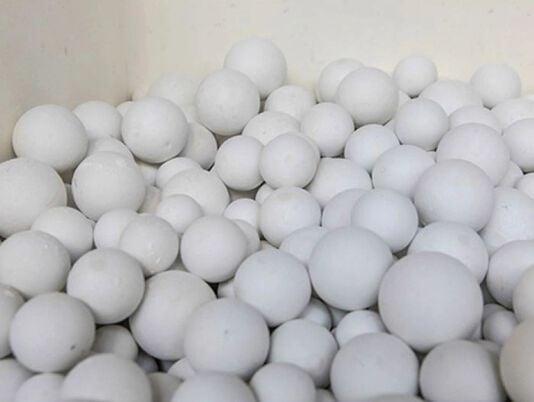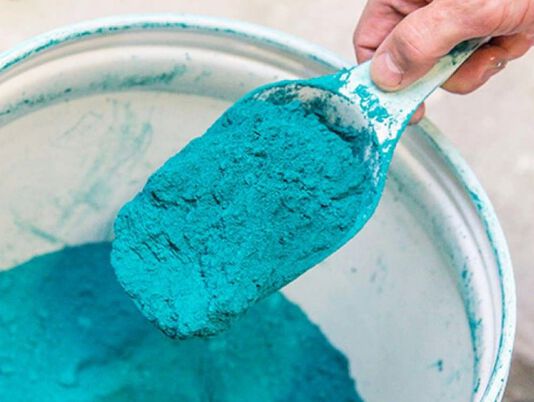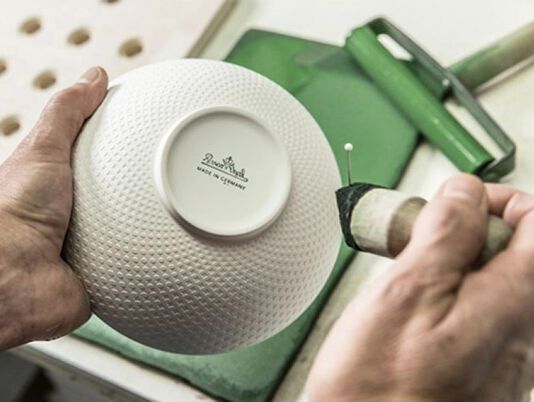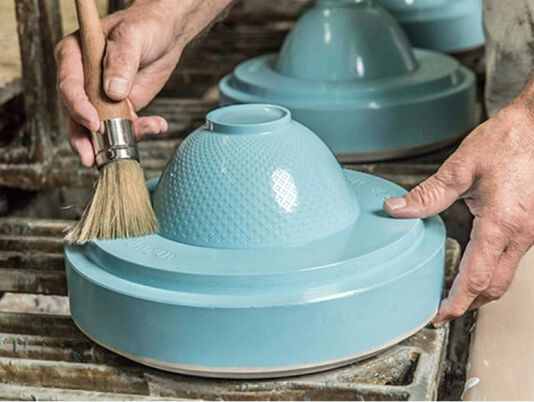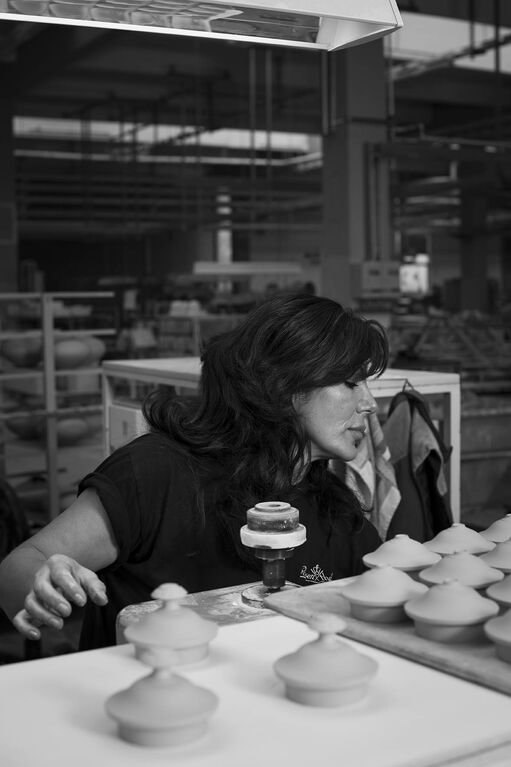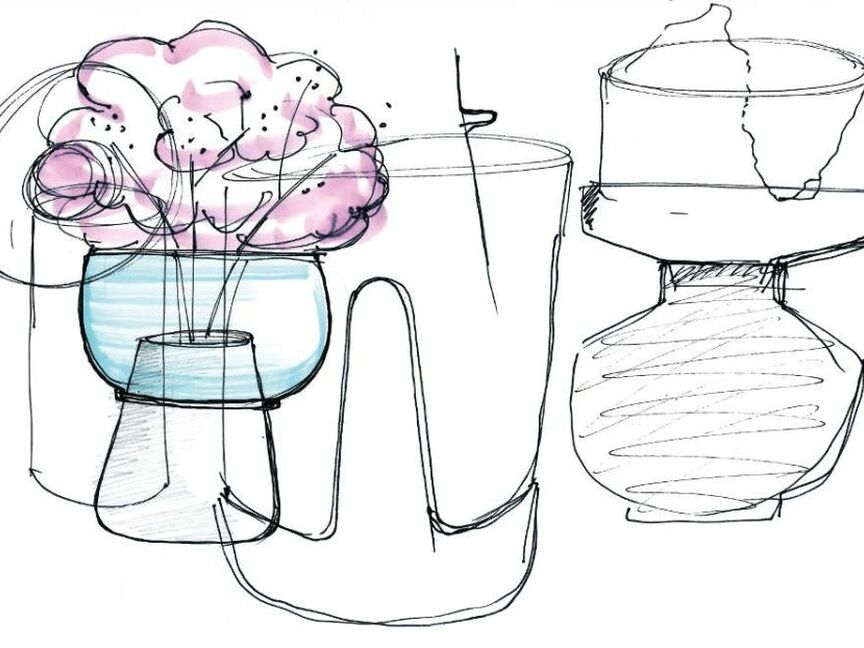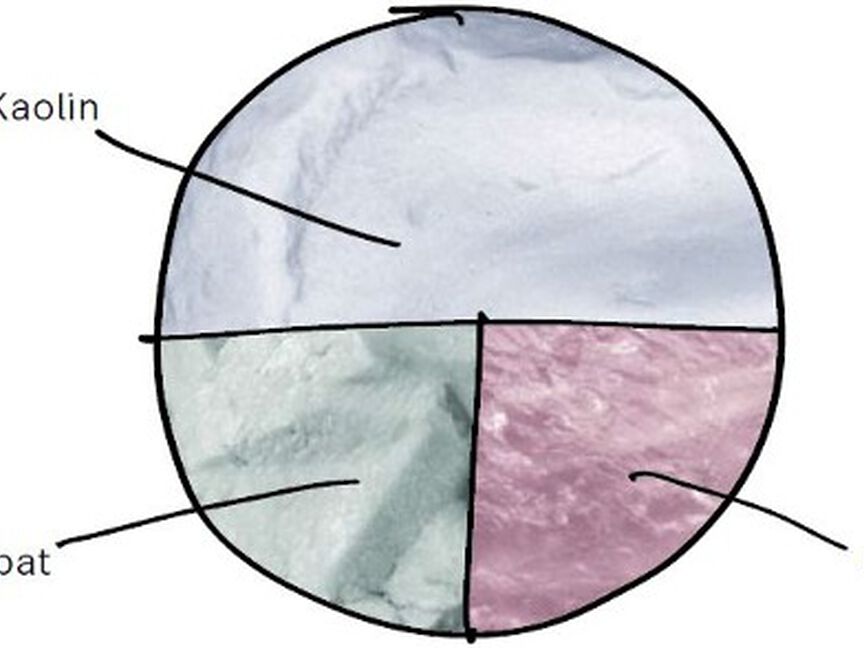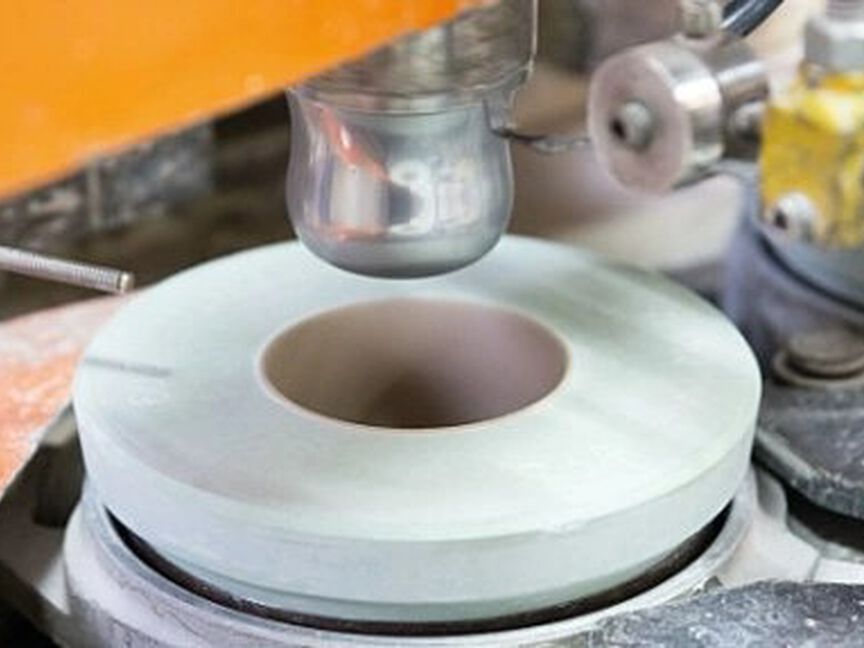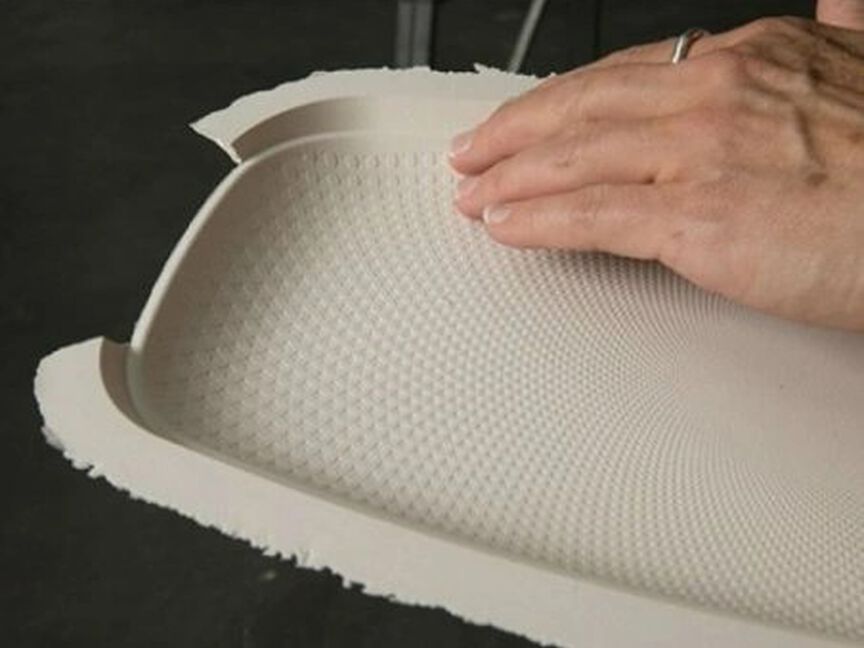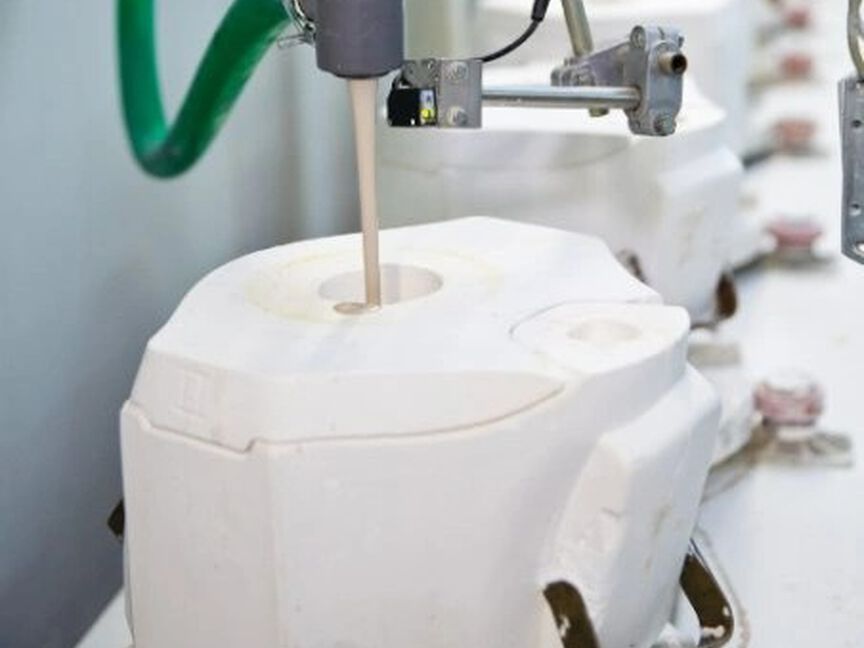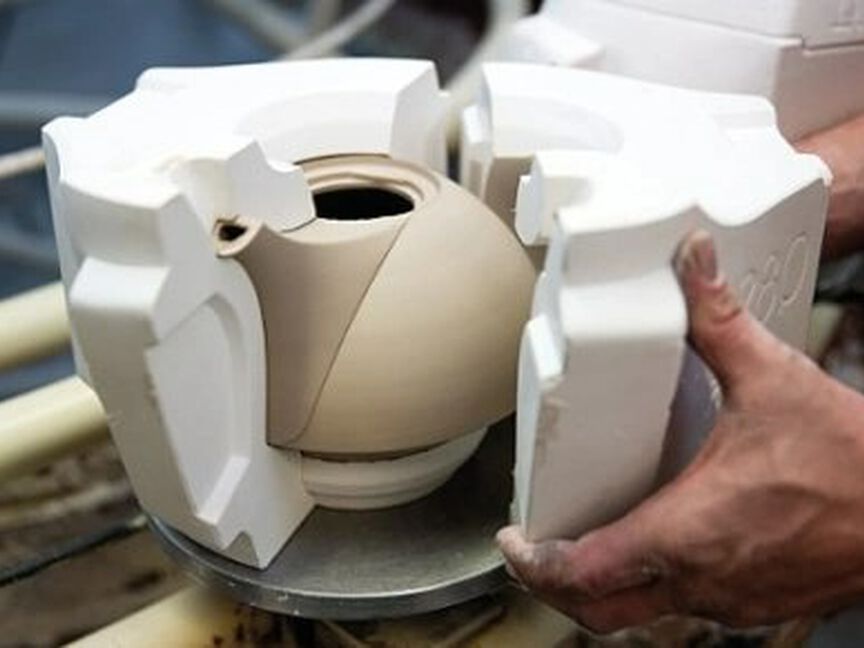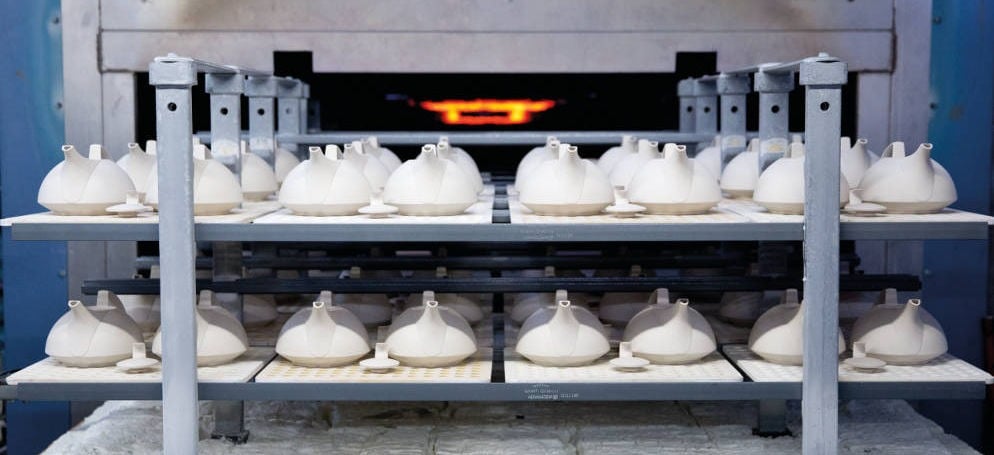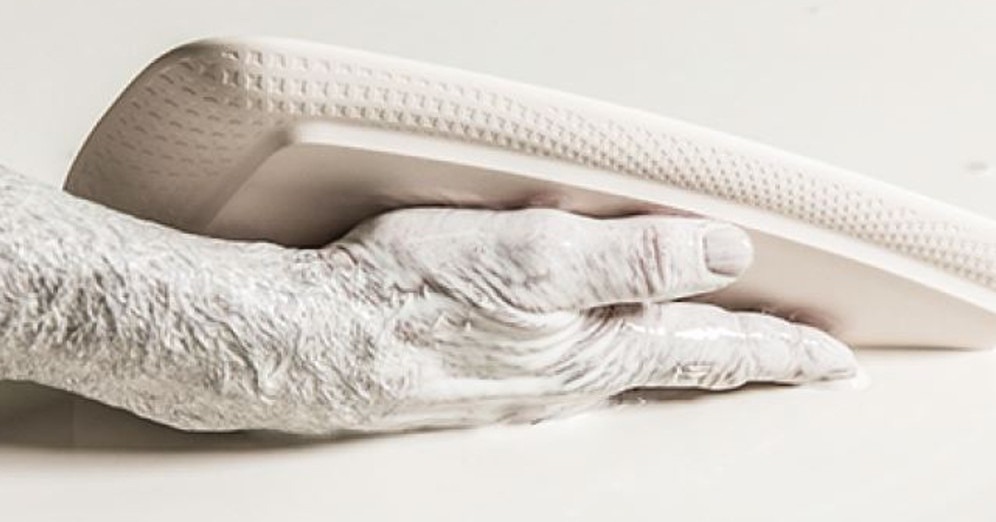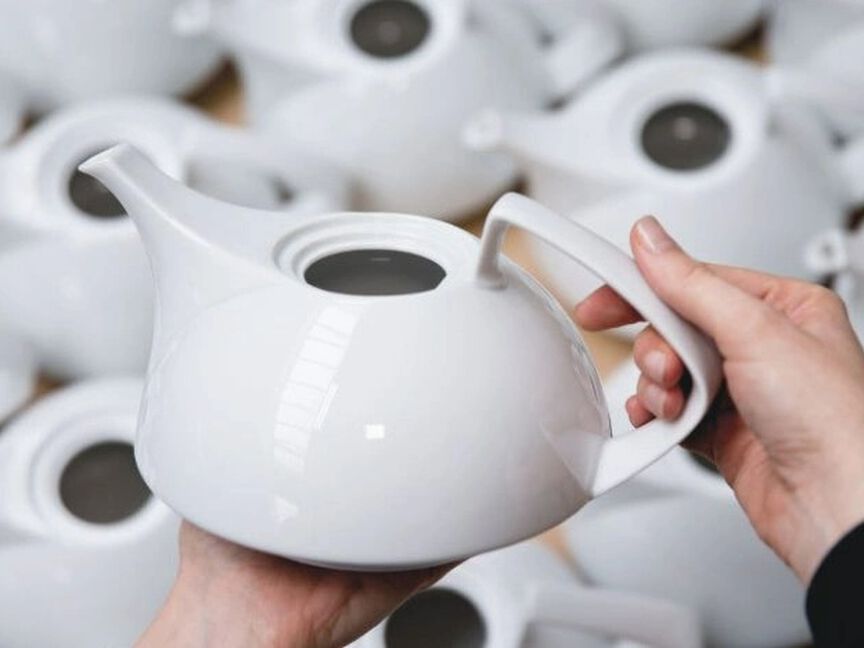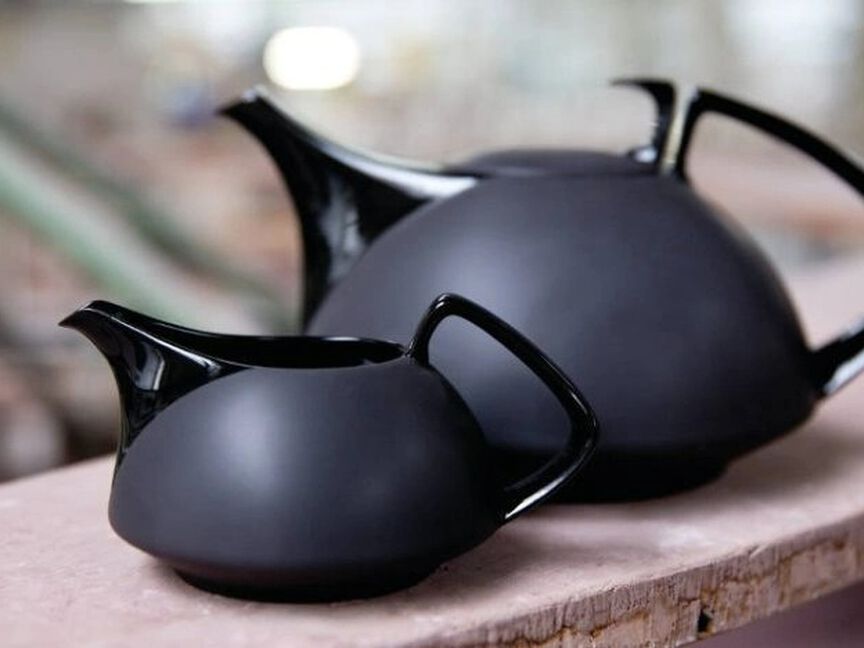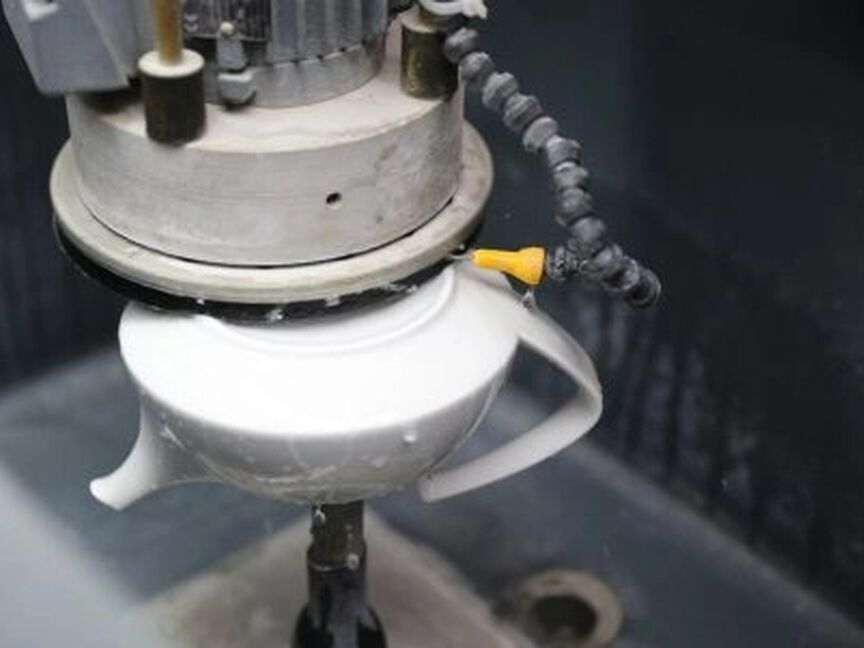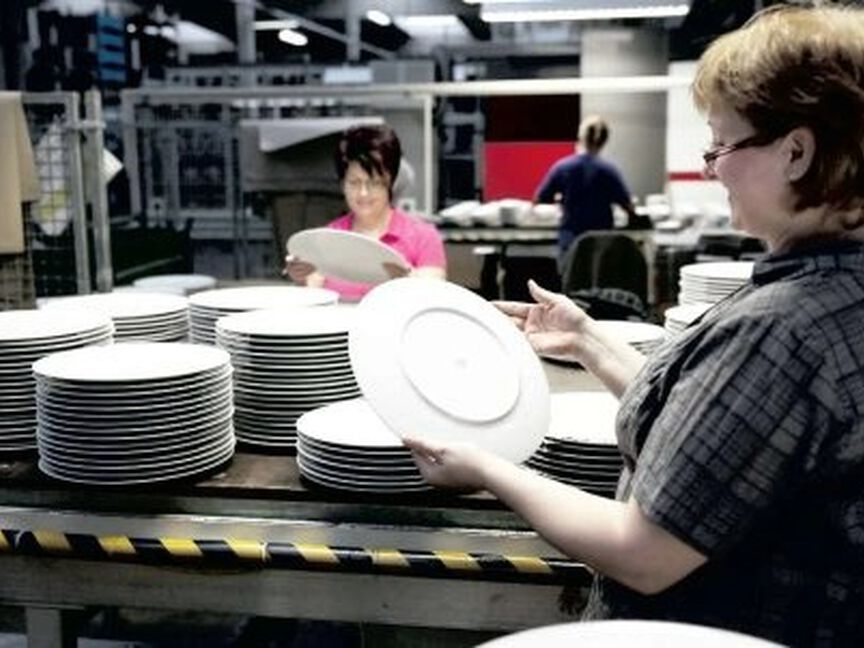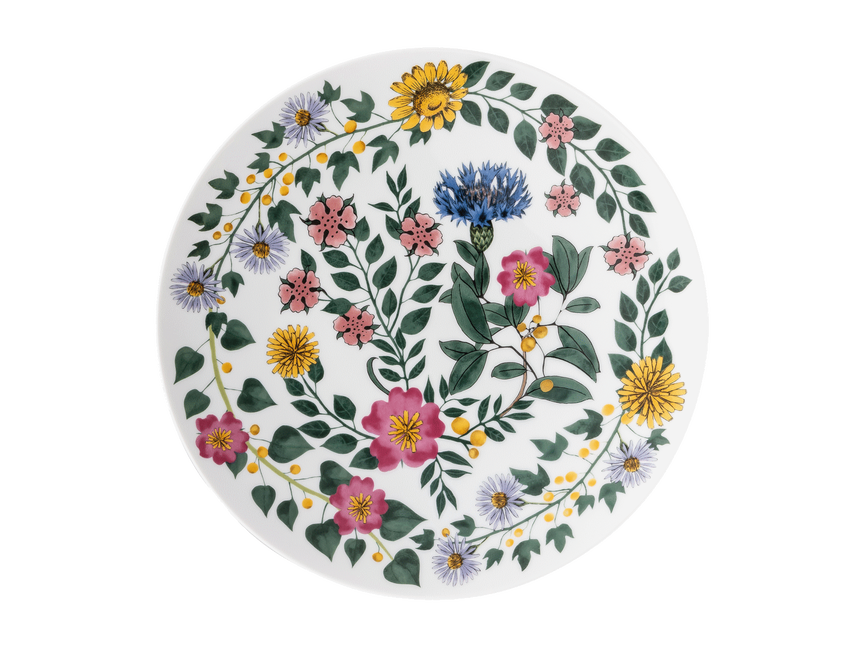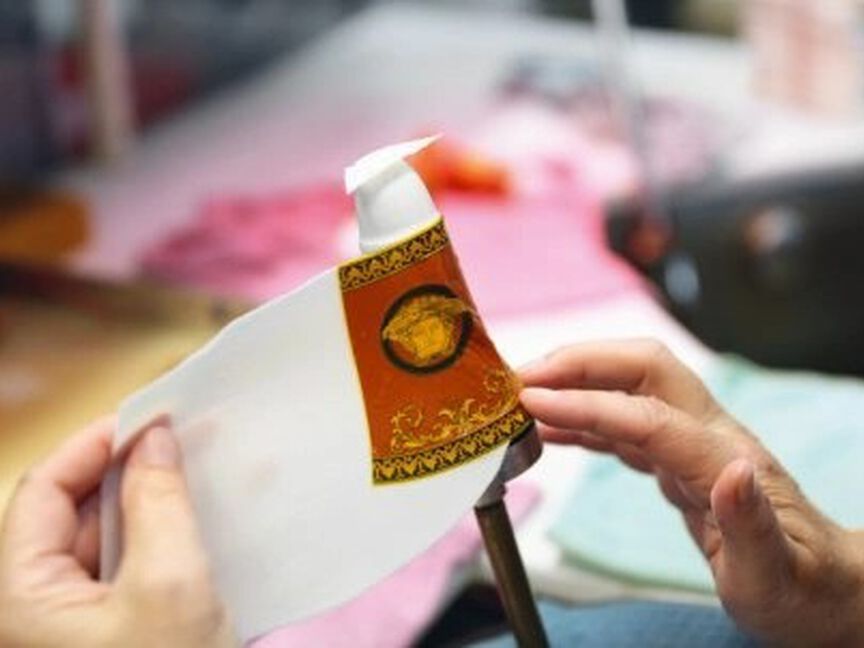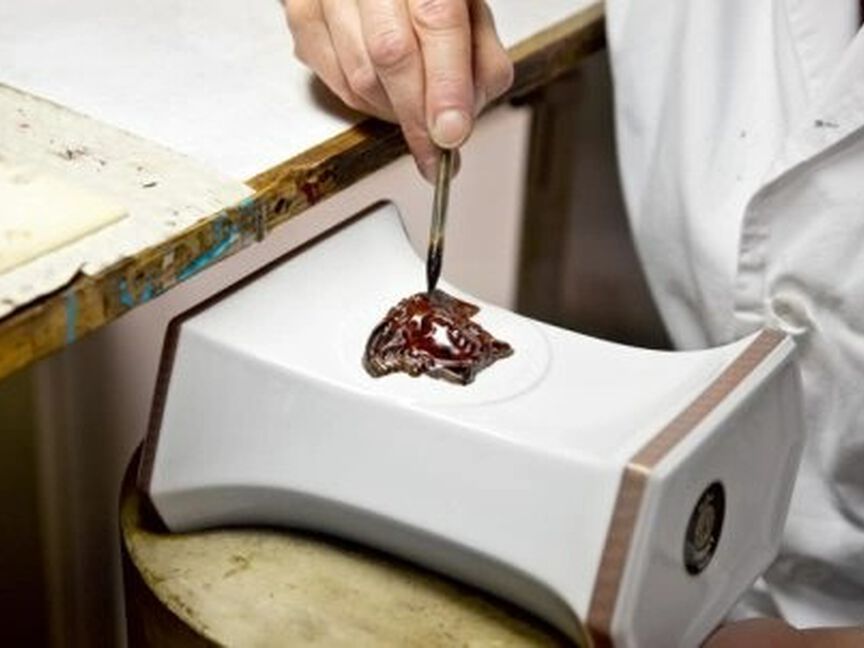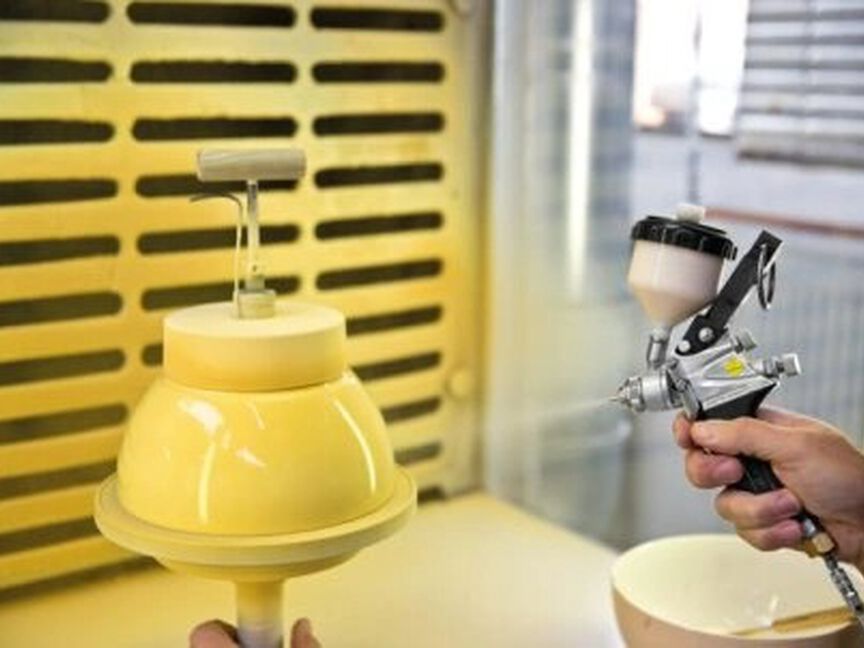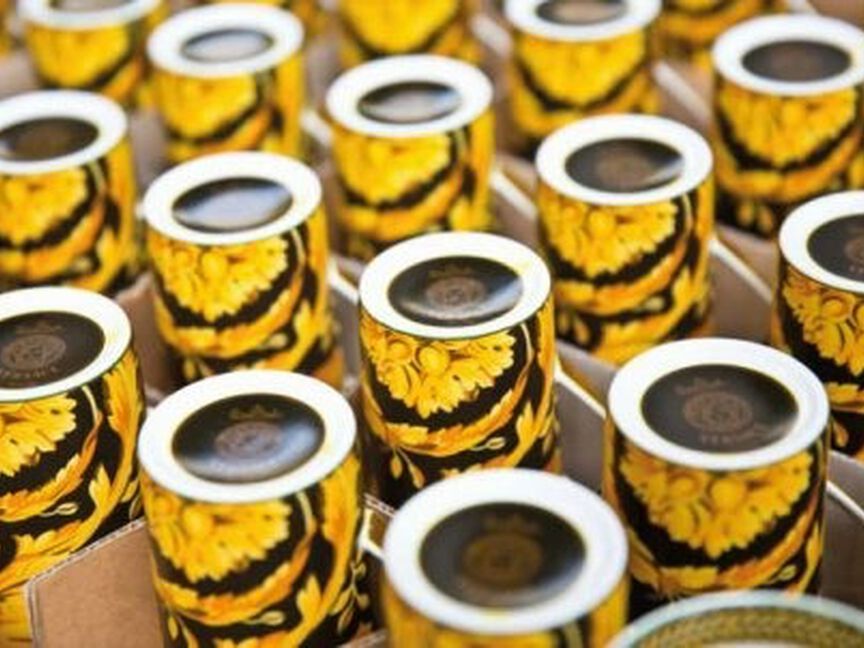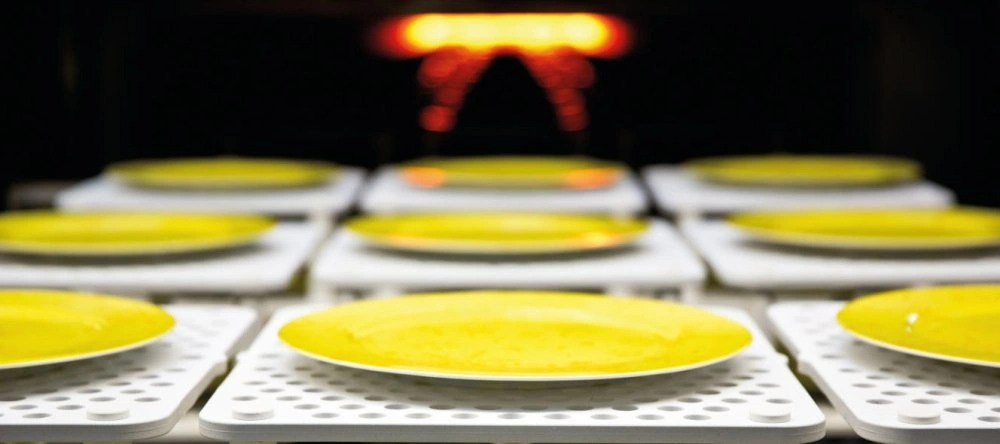Save with sets | Last minute gift ideas? Get a Gift Card | Free Shipping on orders over $75
-
United States | English
-
Canada | English
-
Österreich | Deutsch
-
Austria | English
-
Belgique | Français
-
Belgium | English
-
Bulgaria | English
-
Cyprus | English
-
Croatia | English
-
Czechia | English
-
Denmark | English
-
Estonia | English
-
Finland | English
-
France | Français
-
France | English
-
Deutschland | Deutsch
-
Germany | English
-
Greece | English
-
Hungary | English
-
Ireland | English
-
Italia | Italiano
-
Italy | English
-
Latvia | English
-
Lithuania | English
-
Luxembourg | English
-
Netherlands | English
-
Poland | English
-
Portugal | English
-
Romania | English
-
Slovakia | English
-
Slovenia | English
-
Spain | English
-
Sweden | English
-
Schweiz | Deutsch
-
Suisse | Français
-
Svizzera | Italiano
-
Switzerland | English
-
United Kingdom | English
